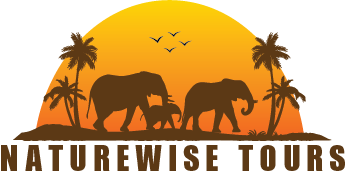Katavi National Park
Katavi National Park, located in western Tanzania, is one of the country’s most remote and least-visited parks, making it a true wilderness experience for adventurous travelers. Covering around 4,471 square kilometers, it is Tanzania’s third-largest national park and offers a raw, untouched safari far from the crowds.
The park is famous for its vast floodplains, seasonal lakes, and the Katuma River, which becomes a lifeline for animals during the dry season. Katavi hosts huge herds of buffalo (sometimes up to 1,000 at once!), large elephant populations, and one of the densest concentrations of hippos and crocodiles in East Africa. Lions, leopards, hyenas, and wild dogs are also frequently seen, making it a predator hotspot.
Because of its remoteness, Katavi provides an authentic safari atmosphere—perfect for travelers seeking solitude, dramatic wildlife encounters, and unspoiled African landscapes.
Game Drives
Enjoy uncrowded game drives across the wide floodplains and woodlands, where massive herds of buffalo and elephants roam freely.


Hippo & Crocodile Viewing
Witness dramatic scenes at the Katuma River and seasonal pools, where hundreds of hippos and crocodiles crowd together, especially in the dry season.
Predator Watching
Spot lions, leopards, hyenas, and even wild dogs hunting along the plains and riverbanks.


Walking Safaris
Guided walks give visitors a chance to experience Katavi’s wilderness up close, learning about its ecosystems, plants, and smaller animals.
Bird Watching
With over 400 bird species, including waterbirds around the lakes and plains species on the savannah, Katavi is a birdwatcher’s paradise.

Katavi can be visited all year, but the best time is during the dry season (June – October). At this time, water sources shrink, concentrating wildlife around rivers and pools, creating spectacular game-viewing opportunities—especially the massive hippo and crocodile gatherings. The wet season (November – May) transforms the park into a lush green paradise with stunning scenery, flowers, and birdlife, though animals are more dispersed and some areas may be harder to access.

